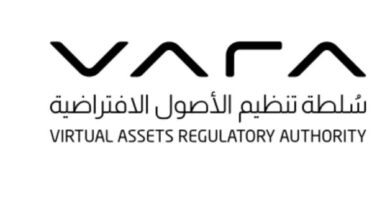CSIRO and Commonwealth Blockchain trial could lead to smarter money

A new type of smart money, powered by blockchain, has been successfully trialled by CSIRO’s Data61 and the Commonwealth Bank (CBA).The trial has demonstrated that smart money, also known as programmable money, could be used to help manage insurance payouts, budgeting and the management of trusts and charities in Australia.
The technology was trialled with 10 participants and carers in the National Disability Insurance Scheme (NDIS) using a prototype app. The prototype app shows how smart money could give participants more choice and control over their disability support services, while cutting administration costs, removing paperwork and reducing the risk of fraud or accidental misspending. Participants and carers estimated that the prototype app could save them one hour to 15 hours per week, while service providers estimated potential annual cost savings as a percentage of revenue of 0.3 per cent to 0.8 per cent.
The findings of the ‘smart money’ proof of concept were released in a new report titled ‘Making Money Smart’. The report examines the design benefits and limitations of the blockchain-based ‘smart money’ system for the NDIS and identifies other use cases for the technology.
The NDIS prototype app aimed to test the functionality of smart money enabled by a blockchain token solution that could integrate with Australia’s New Payments Platform, which are new technology developments that have progressed considerably since the NDIS was first envisaged in 2011.
“This has been an important research project for understanding the benefits and limitations of blockchain technology in the context of conditional payment environments, such as the NDIS,” Dr Mark Staples, Senior Principal Researcher in the Software and Computational Systems program at CSIRO’s Data61, said.
“Our use of blockchain added new kinds of programmable behaviours to the smart money in the prototype system. This automation and flexibility could reduce friction and enable greater innovation in many payment environments and unlock network-effect benefits.This could include more directly connecting citizens to public policy programs, empowering people to optimise their spending through things like smart savings plans and smart diets, and reducing costs for businesses, including through the potential for self-taxing transactions”, he added.
CBA modelling indicates that – even if these estimates were applied conservatively across the NDIS ecosystem – the economic benefits would equate to hundreds of millions of dollars annually, if the proof of concept was developed and implemented as part of a full-scale solution across Australia.
“We’re excited by the potential to enable NDIS participants to exercise greater choice and control over their disability support services, while streamlining budget management and removing the need for paperwork,” Commonwealth Bank’s Head of Government and ADIs Julie Hunter said.
“The results also show potential to reduce administration costs for disability service providers and the risk of fraud and accidental misspending. And the trial has also highlighted that the technology could have wide application across the government, business and not-for-profit sectors. We look forward to exploring these opportunities with our partners and clients across Australia”, Hunter added.





